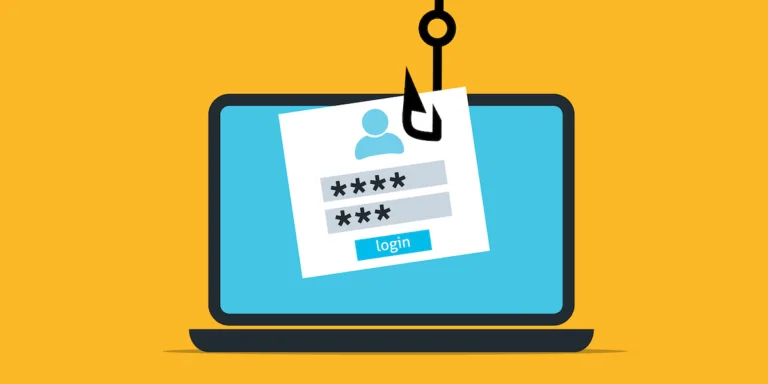In our hyper-connected world, data is the new currency—and like any valuable asset, it’s under constant threat. Data breaches remain one of the most pressing cybersecurity challenges today, affecting everyone from global corporations and governments to small businesses and individual users. With even minor software flaws acting as gateways for hackers, no organization is immune.
As digital ecosystems continue to grow, so do the risks. It is crucial for companies to understand the nature of data breaches, why they happen, and how to prevent them—not only to protect sensitive data but also to maintain customer trust and regulatory compliance.
What Is a Data Breach?
A data breach occurs when unauthorized individuals gain access to sensitive, protected, or confidential data. This could include personal information (names, Social Security numbers, credit card data), corporate secrets, intellectual property, or medical records.
Breaches can result from:
- Hacking or phishing attacks
- Insider threats
- Malware and ransomware
- Lost or stolen devices
- Unsecured databases or cloud misconfigurations
- Software vulnerabilities or outdated systems
In many cases, breaches go undetected for weeks or even months, giving attackers ample time to exploit stolen data.
The Alarming Impact of Data Breaches
The fallout from a data breach can be catastrophic, affecting organizations on multiple fronts:
🔹 Financial Losses
According to IBM’s Cost of a Data Breach Report, the average global cost of a data breach in 2024 was $4.45 million. Expenses can include legal fees, regulatory fines, forensic investigations, PR recovery, and customer compensation.
🔹 Reputational Damage
Trust is hard to build and easy to lose. A single breach can damage an organization’s reputation, leading to customer churn, lost partnerships, and brand devaluation.
🔹 Legal and Regulatory Consequences
Failure to protect data or report breaches in a timely manner can lead to severe penalties under data protection regulations like the GDPR and CCPA.
Data Protection Regulations: GDPR and CCPA
To mitigate risks and empower users, several regulatory frameworks have been established globally. Two of the most prominent are:
🔸 GDPR (General Data Protection Regulation – EU)
- Effective since May 2018
- Applies to any organization handling EU citizens’ data
- Emphasizes data minimization, explicit consent, and the right to be forgotten
- Non-compliance can result in fines of up to €20 million or 4% of global annual turnover
🔸 CCPA (California Consumer Privacy Act – USA)
- Effective since January 2020
- Grants California residents the right to know, delete, and opt out of the sale of their personal data
- Non-compliance can lead to fines of up to $7,500 per intentional violation
Both regulations stress the importance of data governance, security transparency, and prompt breach notifications—forcing businesses to reevaluate their security strategies.
Common Causes of Data Breaches
Understanding why breaches happen is key to preventing them. Here are some common vulnerabilities:
1. Weak or Compromised Credentials
Poor password policies and reuse across systems make it easy for hackers to gain unauthorized access.
2. Unpatched Software
Outdated software and unpatched systems leave known vulnerabilities open to exploitation.
3. Phishing and Social Engineering
Deceptive emails and messages trick users into revealing confidential information or installing malware.
4. Misconfigured Cloud Services
Misconfigured cloud storage buckets (like AWS S3) are a growing source of leaks and exposures.
5. Insider Threats
Employees—whether careless or malicious—can cause significant data exposure.
Best Practices to Prevent Data Breaches
Proactive prevention is the best defence. Here are essential strategies every organization should implement:
1. Implement Strong Access Controls
Use multi-factor authentication (MFA), strong passwords, and least privilege principles to minimize access.
2. Keep Software Updated
Apply security patches and software updates promptly to close known vulnerabilities.
3. Conduct Regular Security Audits
Perform vulnerability assessments and penetration testing to identify weaknesses.
4. Secure Cloud Infrastructure
Use encryption, access logs, and compliance settings to protect cloud-stored data.
5. Employee Training
Human error is a leading cause of breaches. Provide regular training on phishing, password hygiene, and data handling protocols.
6. Establish a Breach Response Plan
Have a documented and tested incident response plan to contain and recover from potential breaches.
Navigating Compliance and Risk Management
Beyond technological defences, organizations must embed compliance and risk management into their corporate culture. This includes:
- Appointing Data Protection Officers (DPOs) where required
- Maintaining clear data mapping and inventory
- Performing regular risk assessments
- Keeping breach notification processes in place
- Reviewing vendor and third-party data handling practices
Conclusion
Data breaches are no longer rare events—they’re a persistent threat that organizations must proactively manage. The cost of complacency is high, both in terms of financial impact and loss of trust. But by understanding the nature of breaches, implementing modern cybersecurity best practices, and ensuring compliance with global data protection laws, businesses can significantly reduce their exposure.
In today’s digital age, data protection is not optional—it’s a business imperative.
Need help securing your data?
Our cybersecurity experts specialize in breach prevention, compliance audits, and incident response planning. [Contact us] today to learn how we can help your organization stay secure and compliant.
At INFOCUS-IT, we specialize in advanced cybersecurity solutions—from threat detection and incident response to compliance and risk management. Whether you’re a small business or a large enterprise, our experts are here to protect what matters most.
Book your vulnerability scan now → infocus-it.com
📩 Support: support@infocus-it.com
📞 Helpdesk: +91-8178210903
hashtag#vapt hashtag#owasp hashtag#bugbounty hashtag#ethicalhacking hashtag#infocusit

